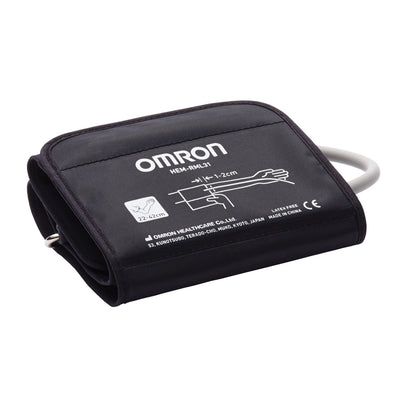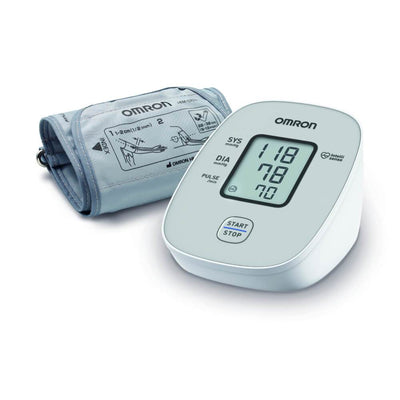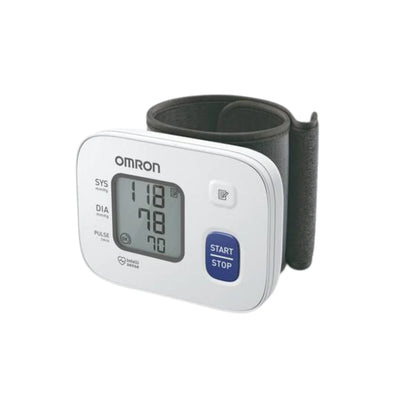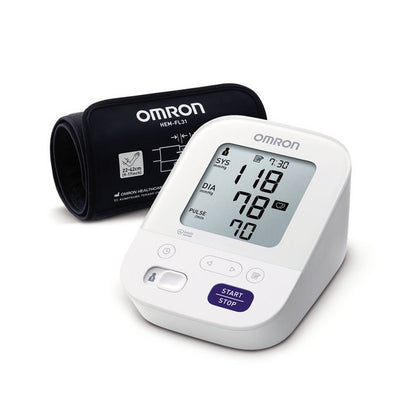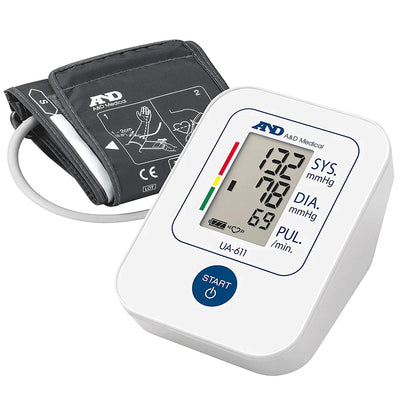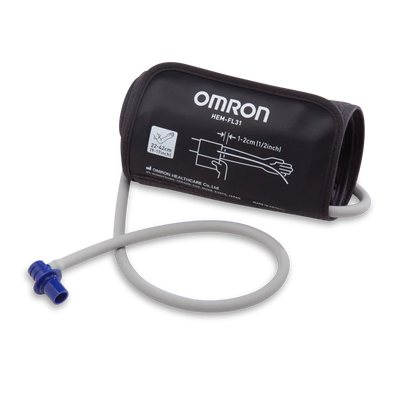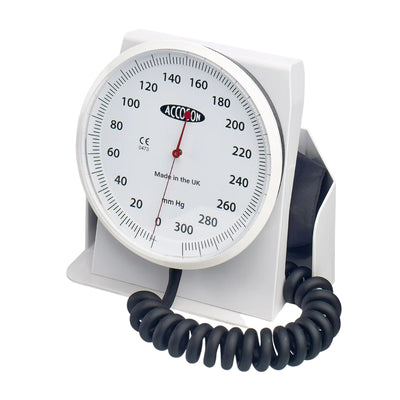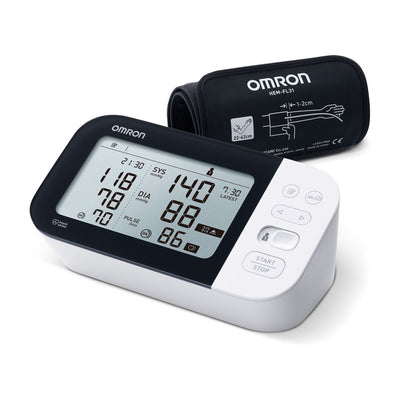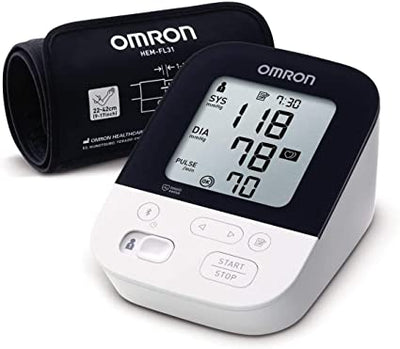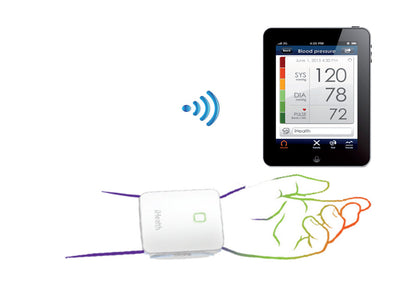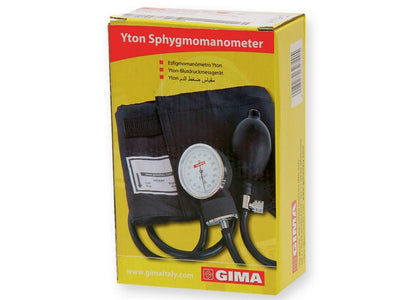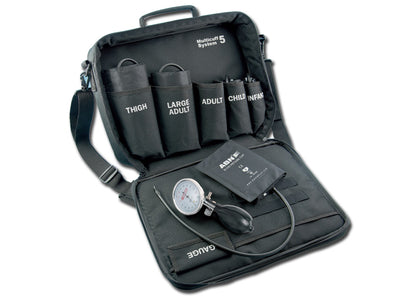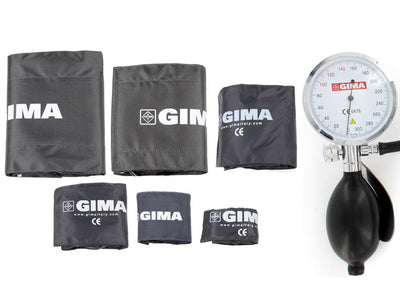Mediworld Subscription
Subscribe to Mediworld for product discounts, healthcare news, event updates and more!
Bestsellers
The Mediworld product range is extensive, so we have the most popular items for you below.

Load More
Nothing matches the criteria
Mediworld has been a regular supplier to the NHS for a number of decades.
We specialise in turnkey projects and are proudly UN approved.
2023 is our 50 year anniversary, and we are here to service you for many more.
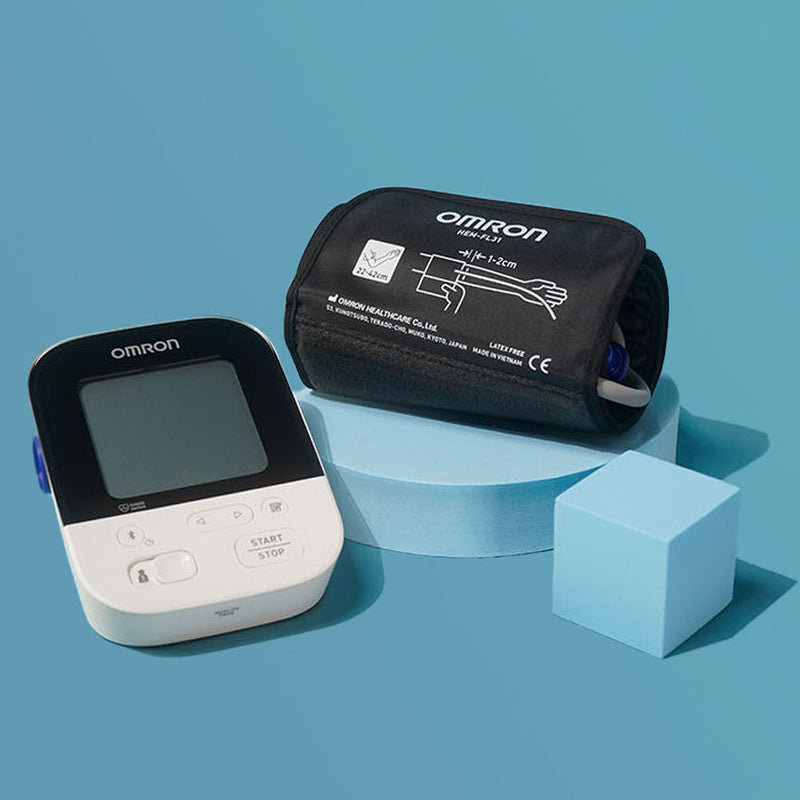
Blood pressure is a measure of the force that blood exerts as it moves through your arteries. It's recorded in two numbers: one for systolic, or high-pressure, and another for diastolic (or low-pressure) levels.

We are an authorised seller of Omron Blood Pressure Monitors. Accoson is a leading UK manufacturer of blood pressure monitors. We offer different types of digital blood pressure monitors that make it easy to get clinical accuracy from the comfort of your own home.
To an extent, digital blood pressure monitors are accurate although there are factors that can cause slight errors in measurement
Although these monitors are easy to use at home without extra assistance, their accuracy may be compromised if the body is in motion during use. Irregular heartbeats may also reduce the accuracy of the result.
Blood pressure monitors also called sphygmomanometer has three parts:
• An air-inflatable cuff
• A pressure gauge or manometer is used to measure the air pressure in the cuff, and
• A stethoscope to listen to the blood flow sound in the brachial artery (major artery in the upper arm)
Although some digital monitors may not require a stethoscope like the https://mediworld.co.uk/omron-m4-intelli-it/.
The manometer has a range of 0 to 300 mmHg and is equipped with a rubber pump for inflating the cuff and a release button to deflate the cuff.
To take a blood pressure reading, the cuff should be placed around the bare and extended upper arm and inflated until the blood flow in the brachial artery is restricted and then it’s gradually released.
As soon as this is done, the air pressure within the cuff decreases and blood flow resumes, this creates a pulsing sound as the walls of the blood vessels collide after each heartbeat.
This sound can be listened to by placing the stethoscope close to the elbow. The moment the pulsing sound is first heard, the systolic blood pressure can be recorded from the pressure meter. Once the sound stops, diastolic blood pressure can be recorded.
Although this slightly differs while using a digital blood pressure monitor.
The manual blood pressure monitor is commonly used by doctors and it’s also called a manual sphygmomanometer. It has a standard arm cuff, a reading scale, a rubber squeeze bulb, a stethoscope, and a reading scale.
While digital blood pressure monitors are frequently used by individuals that necessarily are not trained to be medical professionals. They are easy to use and operate compared to manual devices.
The digital monitor includes a gauge, stethoscope, and error indicator in one place, and the blood pressure reading is displayed on the small compact screen. This kind of monitor can be used at home without any assistance.
For a digital blood pressure monitor, there is a need for memory to store measurements.
In Omron devices, the monitor automatically stores the measurement result in its memory. It will automatically turn off after 2 minutes. You can wait for about 2-3 minutes before taking another measurement.
A standard monitor can store 60 readings for one user, so it gets easier to access and track your previous readings.
Here are a few things you should note while buying a blood pressure monitor:
• The size of the cuff is the most important feature to check when you’re selecting a blood pressure monitor, a cuff that doesn’t fit properly on your arm may give you inaccurate readings.
• Carefully check for accuracy, the systolic blood pressure (the top number) on your cuff must be within 10 points of the monitor. You can also run the readings multiple times to ensure it works well.
• Choose arm cuffs over wrist cuffs. It’s best to get a monitor with an automatic cuff that wraps around your upper arm. Wrist cuffs are better for people older than 50.
Yes, the size of the cuff matters when it comes to getting accurate results. Using a blood pressure cuff that's too large or too small might give you inaccurate blood pressure readings.
Most doctors' offices have multiple cuff sizes available. Similarly, when measuring blood pressure at home, using the appropriate cuff size is crucial.
Mediworld Subscription
Subscribe to Mediworld for product discounts, healthcare news, event updates and more!
Would you like to save product on your wishlist?
Subscription completed successfully. The letter has been sent by mail.
User already subscribed
